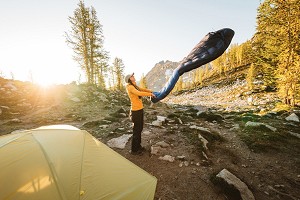
There's no getting away from it, -20 is cold. Your body, if not working hard to make heat, does not have long at that temperature before the pervasiveness of the cold seeps in, first cooling your extremities and then your core with, of course, the predictably disastrous results. The idea then, of sleeping out at such temperatures, is faintly ridiculous. The peoples of the north and of the steppes evolved with mobile shelters; the igloos of innuit, the lavvus of Sami, yurts in Central Asia; places where the crushing cold could be banished enough to make sleeping possible. Mountaineers and other self-propelled travellers in cold climates often don't have that choice; any shelter light enough to carry, be it tent, tarp of bivvy bag, can protect against wind and snow, but not against deep cold. To sleep we have to rely on our sleeping bags.
Perhaps making a very warm sleeping bag wouldn't be too complex if weight was not an issue; but, to slightly change Keith Bontrager's aphorism from bike design, we have: “warm, light, cheap. Pick two.” Using a synthetic bag over slimmer down bag can produce a very warm sleeping system, but light it is not. If you are pulling a pulk, this is the economical way to go, but no one wants to try and carry two sleeping bags in their pack and climb (or even just ski or backpack). A top of the range bag like the Mountain Equipment Snowline SL may well be amongst the most expensive pieces of mountaineering equipment kit anyone is likely to buy, but it is a marvellous piece of engineering and design where everything has been done to make it as warm as possible for its relatively small weight (1315 grams). It's just an inescapable fact that a sleeping bag warm enough to protect you from very low temperatures, whilst still being light enough to carry, is going to cost a lot.
So how do you make a bag that keeps you warm at -20? Take 800 grams of top quality, 850+ of down and stick it between a couple of layers of nylon? Not really. Of course high quality down is central but a look at Mountain Equipment's workbook and website shows the huge complexity of stitching inside the bag to create shaped baffles that keeps the down in place and lofted to make the most of its remarkable insulating properties. The foot end is shaped and made of 4 separate down chambers; the hood made up of eight. Double baffles stop the zip from leaking heat, and even side seams are offset and lowered to avoid potential cold spots. The outer fabric is new lightweight version of ME's now well known Drilite, breathable and highly water resistant. Considered in three dimensions, you can start to appreciate just how hugely complicated the sewing must be to make such bags, even before you factor in the costs of the top of the range materials and down.
But does all this design work on the Snowline SL work in the (snow)field? From my testing I can say, categorically, yes. I actually think that the Snowline SL works better than ME say it will. Using the the EN 13537 standard for bag testing, the Snowline is given a comfort rating of -9; a comfort limit rating of -17; and an extreme limit of -37. We can safely ignore the extreme limit, that's basically a theoretical limit where you won't actually die. I've found the comfort limit with EN 13537 to be very accurate for me with two previous sleeping bag reviews, but after my first night at -17 in the Snowline I was left with the impression the bag would go lower easily. ME believe that for technical reasons EN 13537 doesn't work well for bags designed for around -20 or lower (something that Marmot agrees with) and their main Extreme expedition range isn't EN tested as a result. To help address this they have introduced their own “good night's sleep guarantee” rating in addition to EN 13537.
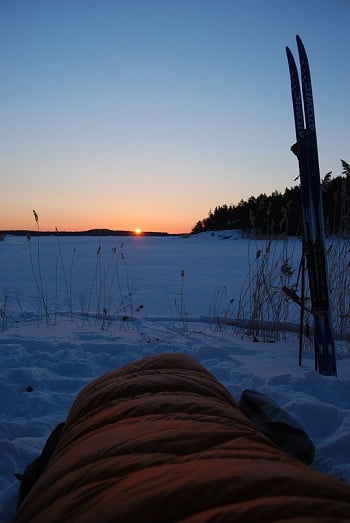
For the Snowline SL they claim -20. Making such statements is fraught with problems; ME's guarantee is based on the bag being “comfortable for an experienced user” and that's rather open to interpretation. For instance, I doubt many women, experienced or not, would be comfy at that temperature just due to physiological differences. Nevertheless, I slept out for a number of nights where the temperature was at or lower than -20 and slept well. The coldest night I used the Snowline for got down to -22.7 by dawn, the chest area of the bag was covered in thick frost crystals from my breath by morning but I slept soundly for 7 hours. Most of the coldest nights were done just sleeping under the stars without tent, tarp or bivvy bag, but otherwise I do stack the odds in my favour - this is what being an “experienced user” presumably means.
For winter camping I use a Z-rest and three quarter length ultralite Thermarest (rucksack under my feet to give double protection there too) and make sure I've eaten something before bed. At -17 I was sleeping just in a base layer, socks and a hat, for -20 I added a micro fleece top, and for -23, micro fleece trousers too. In each case I slept fine; if you move during the night and push against the side, or perhaps break the seal of the baffles over the zip, you quickly sense a cold patch and that will wake me, but once I move back into a stable position in the bag, the cold spot goes and I go straight back to sleep. Overall, the Snowline SL is the warmest sleeping bag I've ever had the pleasure of trying.
There is more to a good sleeping bag though than simple warmth, it needs to be 'usable' too. The Snowline SL is ME's “mountain fit”, rather than the slimmer and lighter “alpine fit”. I think it is quite a roomy bag, I've kept my SLR in it's case and a gas cylinder down by the feet without feeling cramped. There is enough room to be able, with the bag fully zipped up, to reach down and pull on my down-filled 'sleeping socks', something not possible with bags with slimmer lower sections. I think the room is a wise choice for a bag designed for climbers: wearing layers of clothing in bed; filling your bag up with 'stuff' that needs to stay warm and wanting to get to that stuff without unzipping; all needs some space. The foot section and the hood are both lined inside with same material as the outside, which will help keep the down there dry from wet socks or snow covered hats. I was sent the regular length bag, but immediately noticed ME's 'regular' is noticeably longer than some other bags I've reviewed. Obviously making a bag shorter will make it lighter, but ME feel this can go too far and affect the usability of the bag. I always managed to lie down when using the bag, but for climbers bivvying on routes, the extra length will help if forced into nights sitting in the bag, not lying. I'm a little under 5'10” (176 cms) and there is loads of room for me.
The one minor annoyance I found with the bag was finding and using the popper that holds the draught collar closed. This is rather small, and doesn't seem to be where you think it is likely to be whilst feeling for it in the dark and cold. Making the two halves of the popper easier to find by perhaps surrounding them with a patch of material different to touch would help. It's by no means a major flaw to the design but annoying enough to stand out, perhaps just because everything else on the bags seems to work so well.
Features
- Total Weight: 1315G / 46OZ
- Fill Weight: 800G / 28OZ
- Max User Height: 185CM / 73"
- Packed Size: 21CM X 33CM / 8" X 13"
- Extreme Temp: -37°C / -35°F
- Comfort Limit Temp: -17°C / 1°F
- Comfort Temp: -9°C / 16°F
- Good Night's Sleep: -20°C / -4°F
More info: on the Mountain Equipment Website
The other important thing that should be mentioned is that, like all ME bags now, the Snowline SL has a Down Codex number. This new system lets you trace back the down in your bag to the farm it came from, and the system is designed to guarantee animal welfare. I'm not a vegetarian but, like most people, wish that there is not unnecessary suffering involved in producing my food. The Down Codex system ensures this for down production and ME should be commended for considering the ethics of their products, not just the technology.
Summary
So, in conclusion? There is no getting away from it, a top of the range sleeping bag like the Snowline SL is a lot of money, but it's not the sort of thing that anyone would buy on whim: you'll know if you need something that provides such high levels of warmth allied to such a low weight. What I can tell the potential buyer is that, from my experiences of sleeping in it at -20 and colder, the Snowline is warmer than Mountain Equipment say it is and all the more remarkable a piece of cold weather equipment for that.
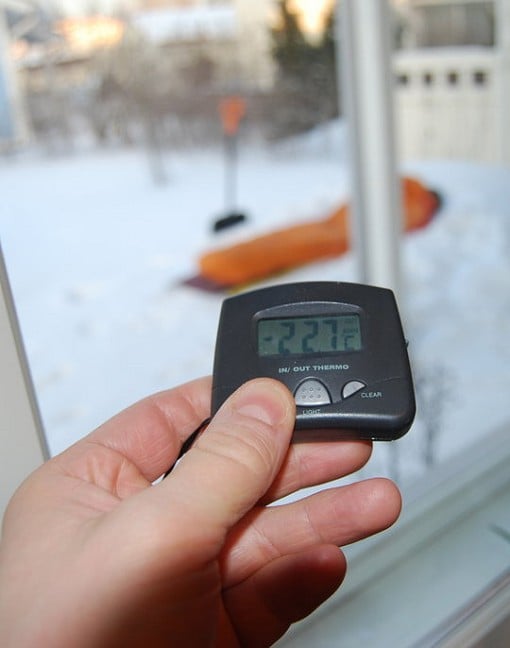
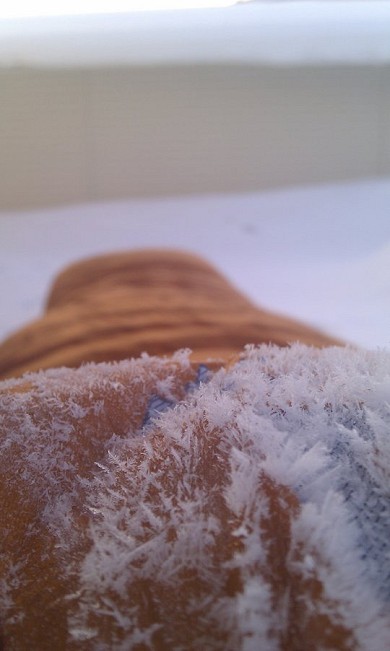
About Toby Archer
Toby is based in Finland. He describes himself as: "a writer and researcher specialising in international security politics; finally no longer a PhD student; hopeless but enthusiastic climber; part-time gear reviewer; keen multi-role cyclist; idealist and cynic"
Climbing keeps him from getting too depressed about politics. He blogs about both at:
Light from the North - chilled thoughts from the top of Europe.

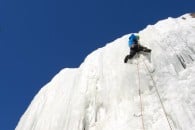

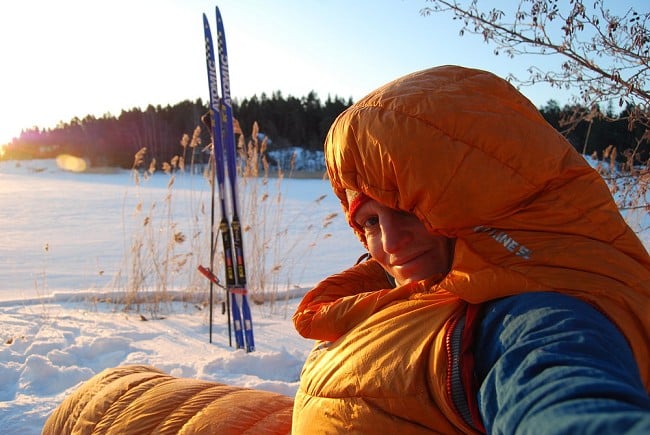
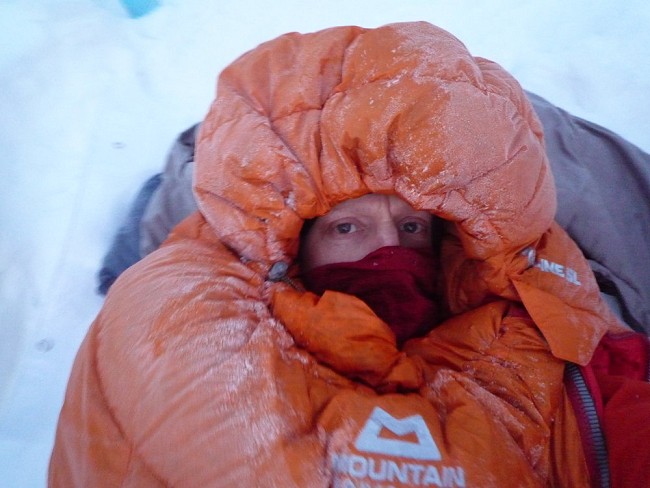

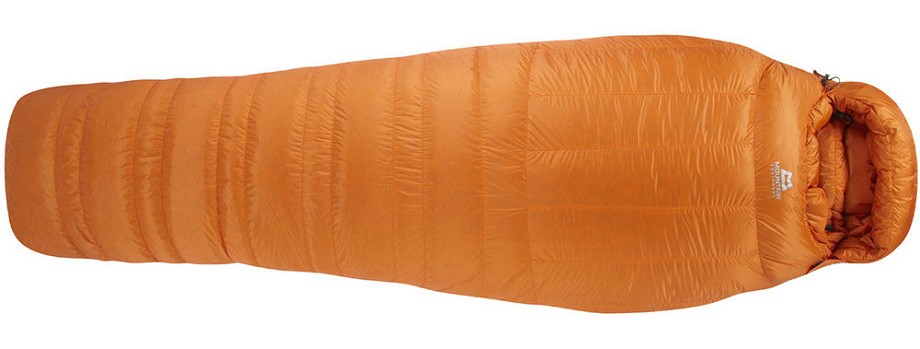
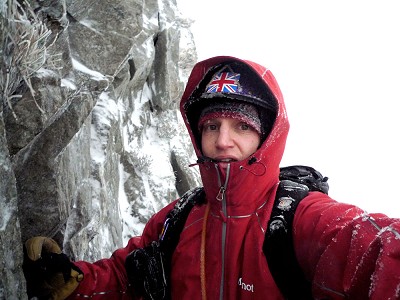
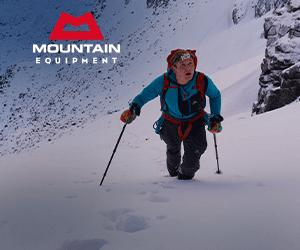
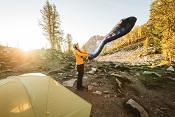
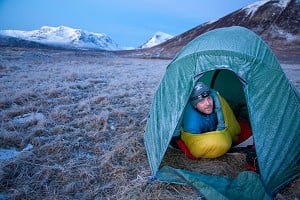
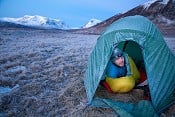
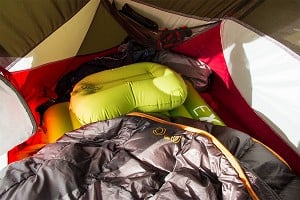
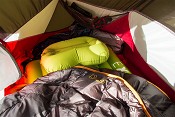
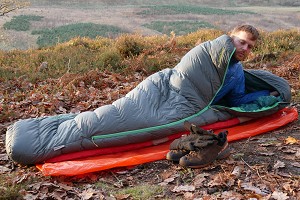
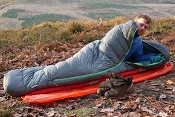
Comments